
Cybersecurity
Cybersecurity encompasses the technologies, processes, and practices designed to protect networks, devices, programs, and data from attack, damage, or unauthorized access. In today's interconnected world, cybersecurity is essential for individuals and organizations alike, as cyber threats continue to evolve in sophistication and frequency. From personal identity theft to corporate data breaches and national security concerns, the implications of inadequate cybersecurity measures can be far-reaching and devastating.
The cybersecurity landscape is constantly shifting as attackers develop new techniques to exploit vulnerabilities in systems and human behavior. Common threats include malware infections, phishing attacks, ransomware, social engineering, and distributed denial-of-service (DDoS) attacks. Organizations must implement comprehensive security strategies that include technical safeguards, regular security assessments, incident response planning, and perhaps most importantly, ongoing security awareness training for all users who interact with digital systems.
Effective cybersecurity requires a multi-layered approach that addresses people, processes, and technology. This includes implementing strong authentication mechanisms, encrypting sensitive data, maintaining up-to-date software patches, establishing clear security policies, and fostering a culture of security awareness. As our reliance on digital systems continues to grow, investing in robust cybersecurity measures is not merely a technical consideration but a fundamental business necessity and personal responsibility in our increasingly connected world.
TOPIC OVERVIEWS
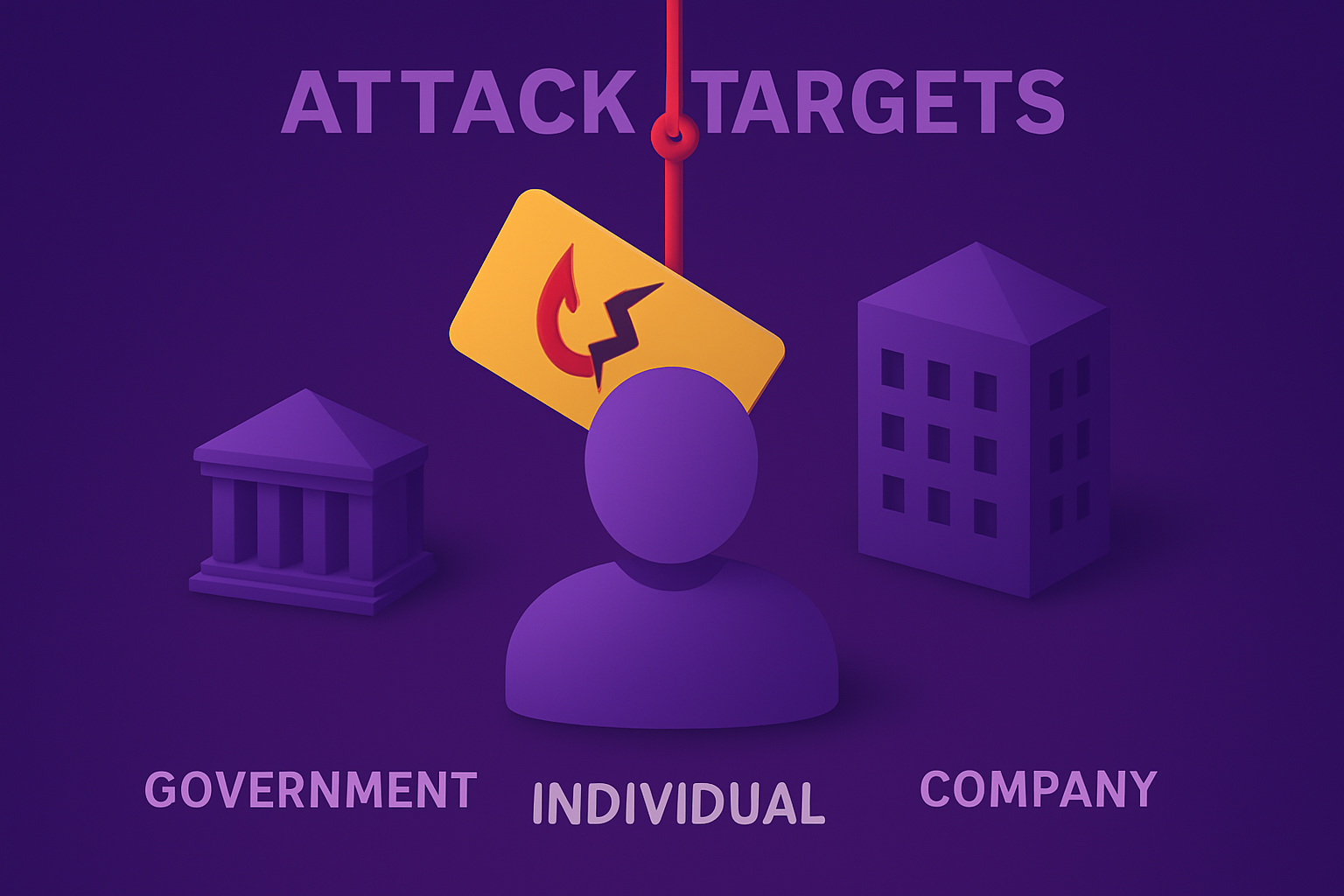
Attack Targets
In cybersecurity, attack tagets refer to the specific systems, networks, devices, or data that cybercriminals aim to compromise. These targets are chosen based on their vulnerabilities, value, and accessibility. A cyberattack occurs when an attacker attempts to exploit weaknesses in a target to gain unauthorized access, disrupt operations, or steal sensitive information. The target could be an individual's personal device, an organization's network, or even a government system. The motivation behind these attacks varies, ranging from financial gain and espionage to political agendas and personal gains.
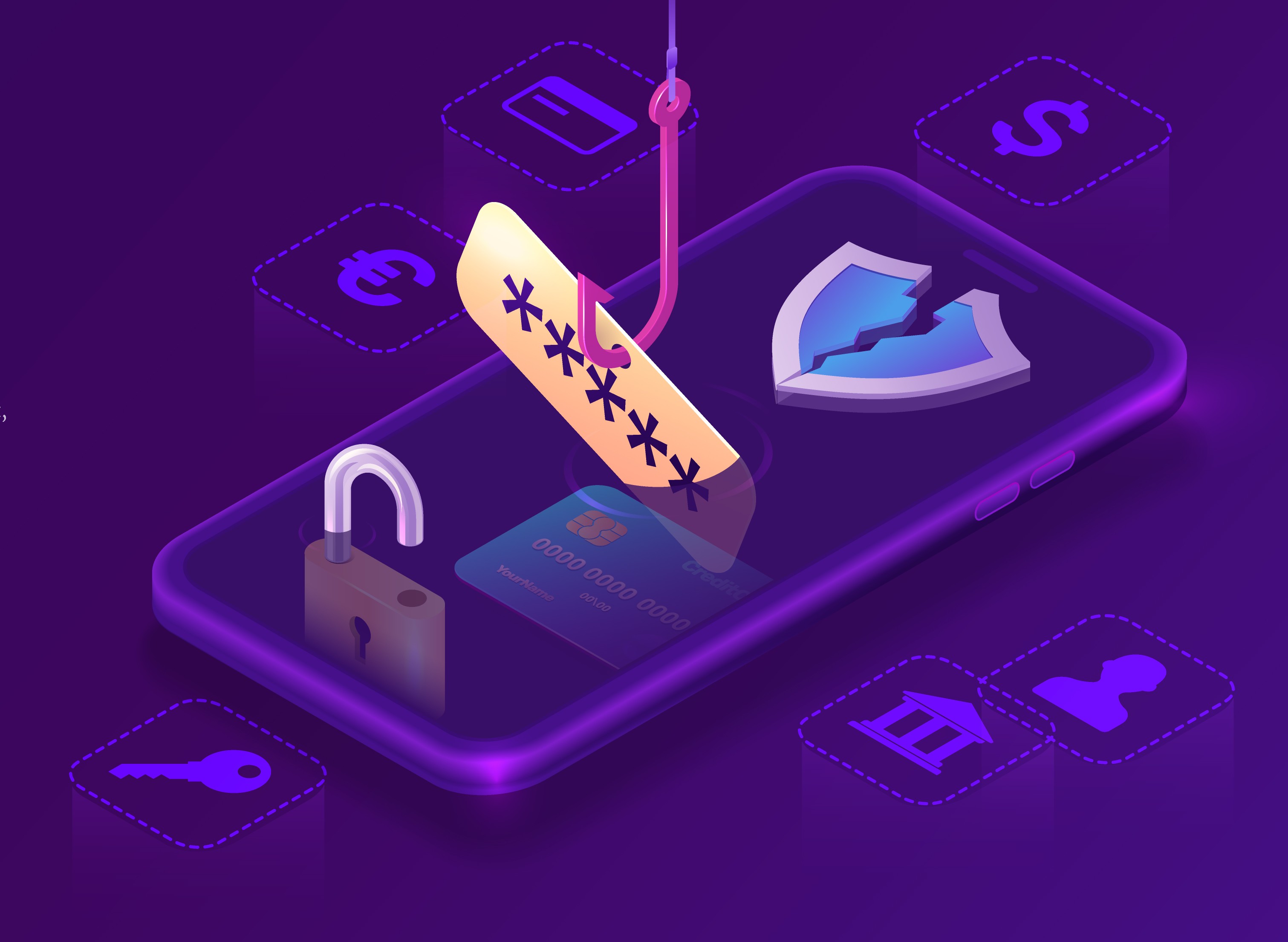
Phishing Attacks
Phishing is the practice of sending email to users with the purpose of tricking them into revealing personal information or clicking on a link. These attacks often exploit human psychology by creating a sense of urgency, fear, or trust. Cybercriminals craft messages that appear to come from legitimate sources, manipulating victims into clicking malicious links, downloading harmful attachments, or providing confidential data. As technology advances, phishing techniques have become more sophisticated, utilizing social engineering, AI-generated content, and even compromised legitimate accounts to bypass security measures.
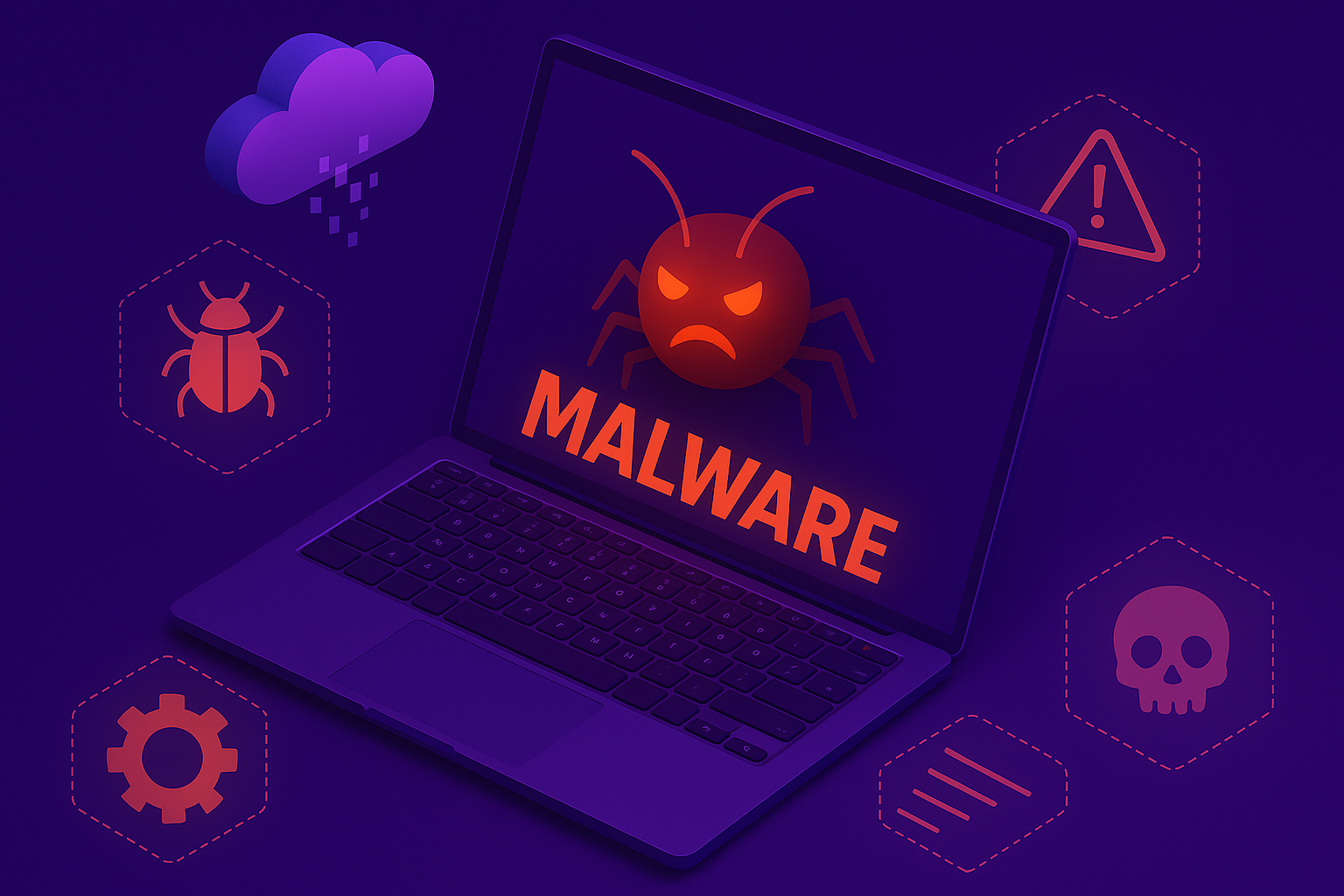
Malware Infections
In cybersecurity, malware infections are among the most common and dangerous threats. Malware or malicious software, is an umbrella term for any kind of software designed to harm or exploit your devices or even your home or business network. Malware often invades, and disables computer systems by taking partial control of its operations and therefore having a negative impact on its function. As cybercriminals become more advanced, malware continues to evolve, exploiting weaknesses in both software and human behavior.

Network Tapping
In today's interconnected digital world, understanding how devices communicate within a network is essential. Network tapping is an important concept in cybersecurity that involves monitoring data as it flows through a network. It allows security professionals to observe network traffic without interrupting or altering it, making it a valuable tool for detecting threats, analyzing suspicious activity, and ensuring network integrity. By understanding how network tapping works, cybersecurity experts can better protect systems from unauthorized access and data breaches.

Wireless Network Pirating
Wireless network pirating is a cybersecurity threat where unauthorized individuals gain access to a wireless network without permission. Since wireless networks transmit data through radio waves, they are more vulnerable to interception and unauthorized use compared to wired networks. Attackers exploit weaknesses such as weak passwords, outdated encryption protocols, or misconfigured access points to connect to networks illegally. Once inside, they can steal bandwidth, intercept sensitive information, launch further cyberattacks, or disrupt network services.
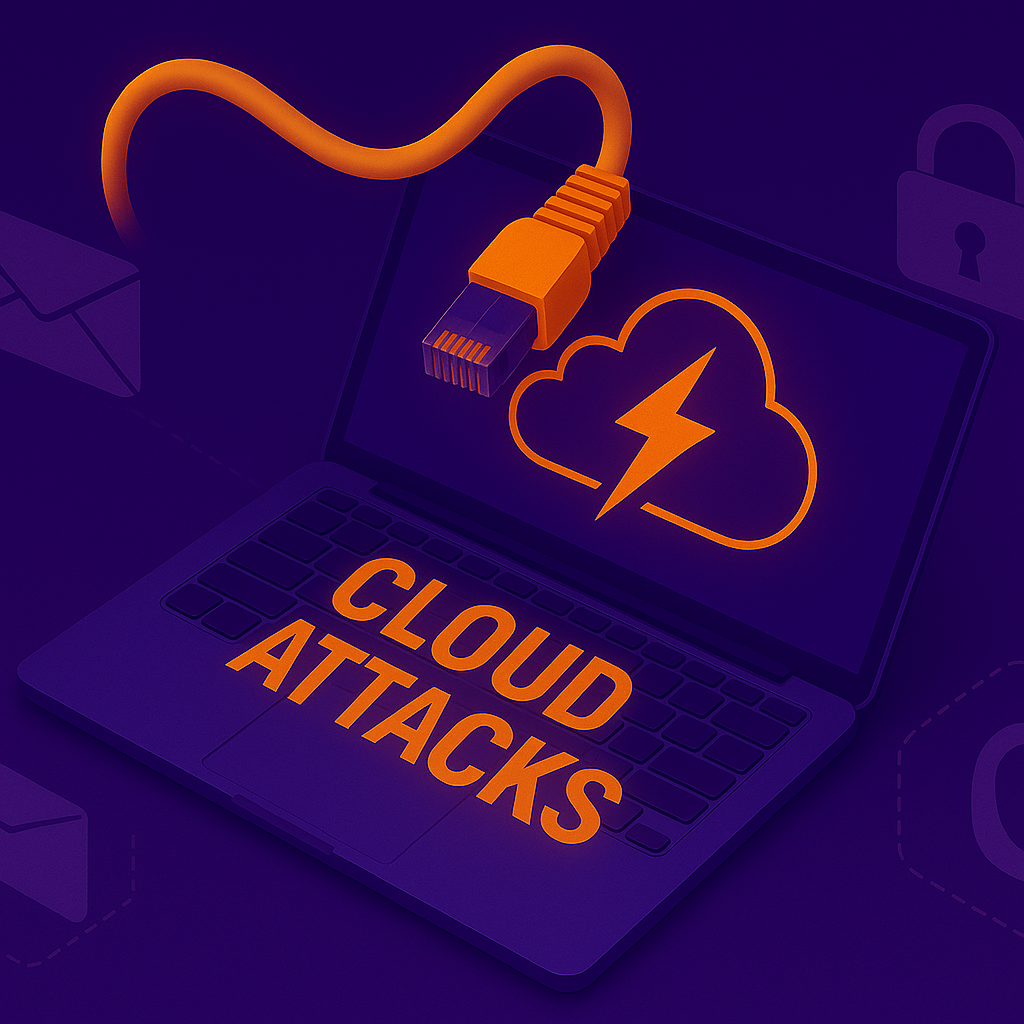
Cloud Attacks
Cloud computing refers to delivering computing services such as servers, storage, databases, networking, and software over the internet ("the cloud"), enabling faster innovation, scalability, and cost savings. As businesses increasingly rely on cloud services to store vast amounts of sensitive data, including personal and financial information, cybersecurity in the cloud becomes critical. Cloud attacks pose significant risks because cloud environments are accessible remotely and often shared among multiple users. Attackers exploit misconfigurations, weak authentication, software vulnerabilities, or insider threats to compromise cloud resources.
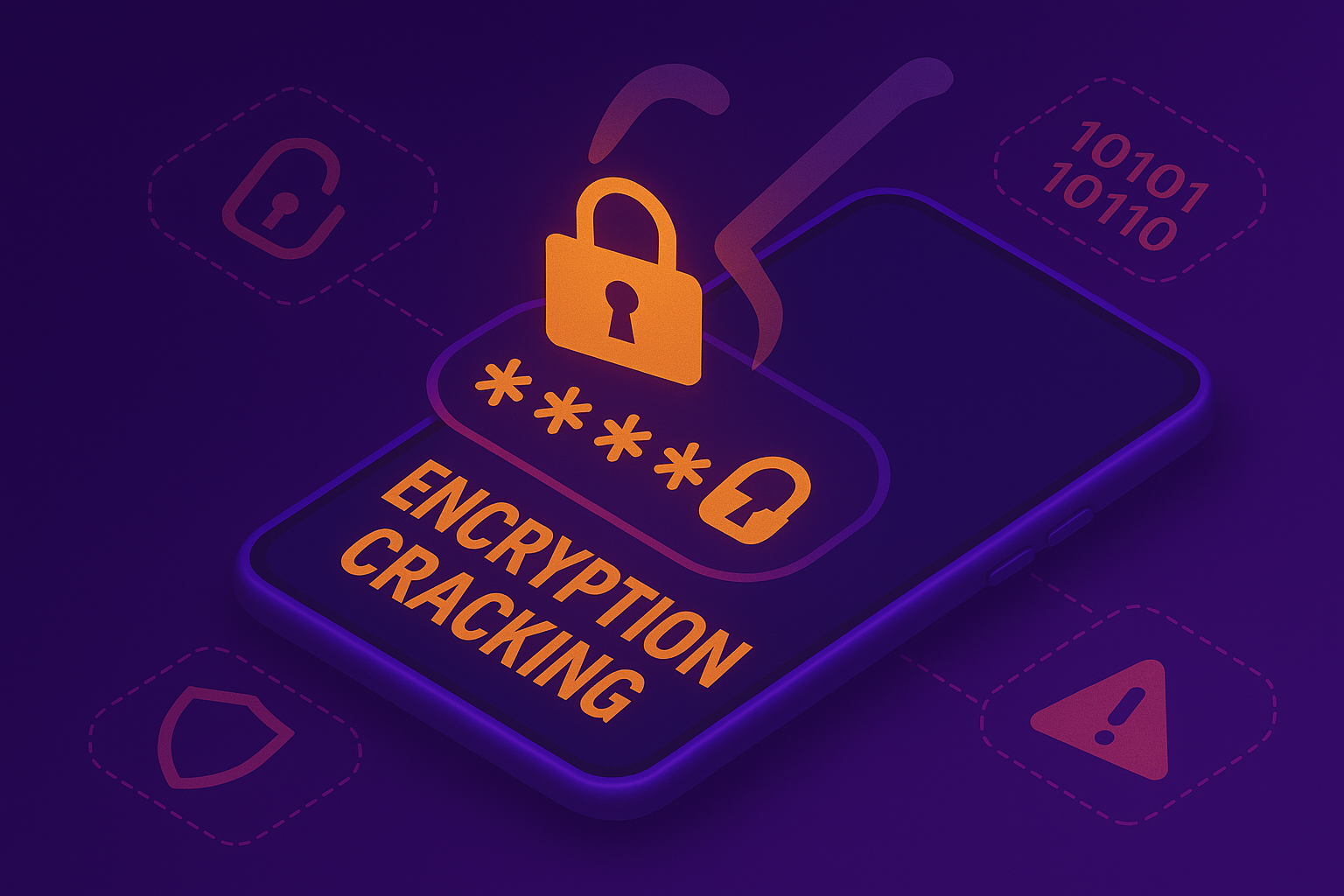
Encryption Cracking
Encryption cracking is a significant concern in cybersecurity, referring to the process of breaching or bypassing encryption mechanisms that protect sensitive data. In the context of network security, encryption cracking involves using specialized software and a variety of attack techniques-such as injecting or decrypting traffic and dictionary-based attacks-to break through the encryption protocols (like WEP or WPA) that safeguard information transmitted across networks.

Password Thefts and Account Access Tips
In today's digital world, accounts hold valuable personal and financial information, making them prime targets for cybercriminals. Password theft is one of the most common ways hackers gain unauthorized access, putting sensitive data at risk. Understanding how password theft happens and learning effective tips to protect accounts is essential for staying safe online. This guide will explore key strategies to help prevent unauthorized access and keep accounts secure.
